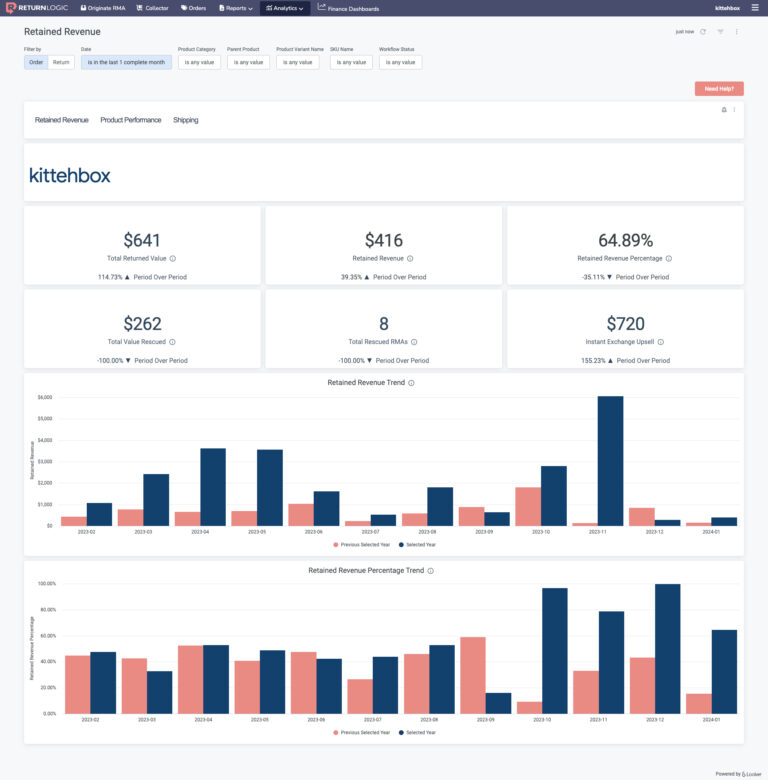
In the dynamic world of startups, the race to deliver feature-rich products often leads to a common mistake: developing analytics using existing in-house application engineering resources. This approach, while seemingly integrated, is incorrect because it misaligns resources away from their core competencies, uses tools that don’t scale well, and wastes effort reinventing the wheel. The consequences? A user experience that doesn’t quite hit the mark, escalating costs, and delayed product enhancements.
The Challenge
Startups ambitiously add analytics to their roadmap, using available resources to craft these capabilities as though they were mere features. Initially harmless, this strategy soon unfolds into stretched engineering teams, sluggish reporting, degraded application performance, spiraling expenses, and a bottlenecked development process.
A Shift in Perspective
The essence of building effective analytics lies in the approach. The key? Early integration of off-the-shelf analytics products supported by a dedicated data platform. This strategy not only eases the burden on engineering resources but also unlocks a realm of enhanced functionalities, efficiency, and scalability.
Why Off-the-Shelf Embedded Analytics?
Leveraging ready-made analytics products, powered by a purpose-built Data Lakehouse solution, allows startups to:
- Enhance User Experience: Deliver sophisticated analytics capabilities without compromising on performance or usability, including features such as customizable reports, downloadable data exports, alerts for metric thresholds, automatic report delivery, self-service BI, and more.
- Cut Costs and Save Time: Focus the engineering team on core product development, accelerating the product roadmap while reducing operational expenses.
- Scale With Ease: A scalable Data Lake/Warehouse effortlessly adjusts to growing data and user volumes.
Implementing Embedded Analytics The Right Way
When creating this new capability, it is critical to put in place an architecture that leverages best practices and the newest developments to ensure you create a solid platform for growth. A few key points to consider are:
- Modularity and flexibility: Building a modular architecture that clearly separates data ingestion, transformation, processing, visualization, and federation. It should support easily adding on new capabilities (from multiple vendors) as business requirements grow.
- Security: Enable fine-grained security to enable multilevel access and consider sensitive information (PHI, PHI, confidential information) protection/footprint from the start.
- Reliability: Consistently provide trusted data. This means testing and monitoring data quality, freshness and stability to address issues before they reach consumers, and incorporating proper DataOps processes.
- Agnostic: Avoid unnecessary vendor lock-in to have flexibility in the future and leverage the best technologies as they become available.
- Skillsets: Maximize usage of commonly-available skills to facilitate talent acquisition, development, and leverage.
- Scalability: Ability to scale while delivering excellent performance and responsiveness.
- Costs: Total cost must be efficient and scale appropriately with volume. Note that it is important to consider the people cost of implementing and maintaining a solution (vs. just the tool/usage cost)
In addition, product users are increasingly demanding the ability to interact with the data and application via Conversational Interfaces to get the answers they need, so support for these new interfaces is very important.

Addressing the Skills Gap
One reason why startups hesitate in pursuing this path is that it requires them to step back from doing incremental changes and thinking about incorporating a different set of skills and processes: their Application Team is not a Data Team. The tools, processes and skills are different (i.e., Go vs. Python, DevOps vs. DataOps, Postgres vs. Snowflake, etc.)
So how to get started? Hiring a junior level person to “start developing reports” is a recipe for disaster. Same thing with “someone with 10 years of experience at a large company” that will bring in a set of now-obsolete technologies just because they are familiar with them.
Especially at the outset, it is critical to consider the skills gap and look for a person or partner that can design and deliver the right strategy – someone who has done this before at a similar company, recently and multiple times if possible.
In Conclusion
The journey towards integrating top-tier analytics into your product relies on wisely choosing tools and expertise rather than starting from scratch.
Opting for off-the-shelf solutions backed by real data platforms, architected and implemented by experienced professionals, allows startups to bypass common in-house development setbacks, setting the stage for product success.
For startups embarking on this transformative path, Fractal River stands ready with insights and assistance to help you incorporate differentiated analytics capabilities into your product. We provide you with an instant, fractional “Data Team as a Service” to design and implement your embedded analytics offering, while developing your internal capabilities at the same time.
Read some of our success stories, see what previous clients have to say, and reach out to discuss your goals and discover how we can support your journey.
Recent posts




